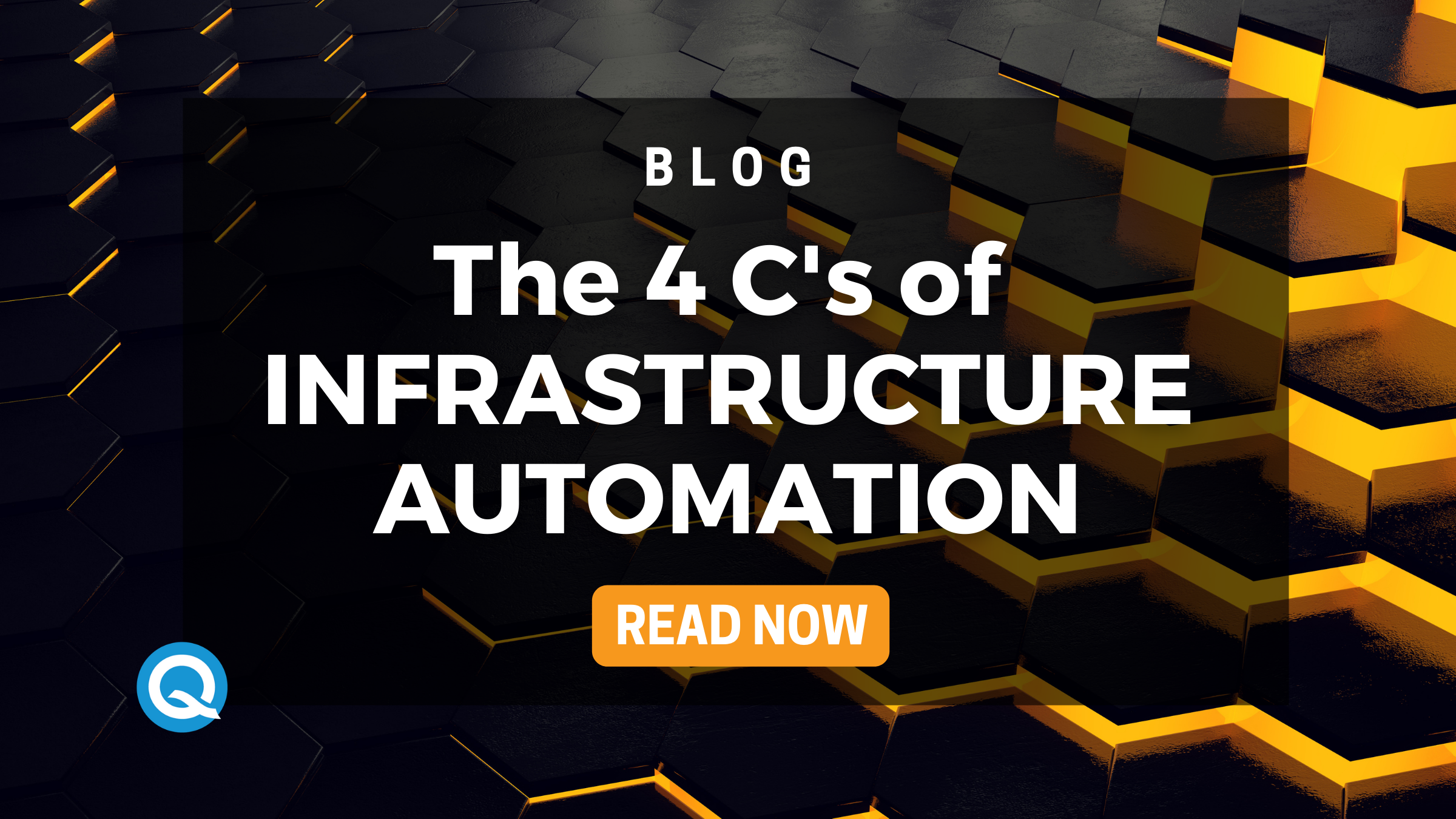Could your company curb cloud costs if you had the correct platform? Would you be capable of creating complex cloud environments quickly if you weren’t constrained by company conventions?
Now that I’ve captured your concentration, can we consider the 4 C’s of infrastructure automation?
Benefits of the 4 C’s for Your Business
COST
Cost is king for any business—more specifically, operating costs. There’s no shortage of ways your business can significantly reduce cloud costs with the right infrastructure automation platform.
Visibility over the use of cloud resources allows IT to make ongoing improvements in their allocation. With CloudShell Colony, for example, IT can automatically tag cloud usage and trace cloud spend back to business unit and/or project. Greater visibility over resource consumption and cloud spend can inform decision making regarding business-wide cloud resources.
The end user of the environment can set a pre-determined time frame for use of the environment, then it is automatically torn down when the resource is no longer needed. This gives developers an allotted time frame for the use of a specific environment, mitigating infrastructure sprawl and subsequent inflation of cloud costs.
COMPLIANCE
Your infrastructure automation platform should help IT teams maintain industry compliance standards, as well as internal compliance protocols. While infrastructure automation platforms aren’t exactly monitoring tools for compliance, they provide the features necessary to make that job more manageable for operations teams.
IT teams need the flexibility to configure “fully-baked” environment templates that meet the necessary compliance guidelines and deliver them quickly and securely to the DevOps teams that need them. Using role-based access controls (RBAC) and single sign-on (SSO) features, IT teams can maintain control over cloud environments, and the sensitive data they contain, while allowing developers self-service access only to those environments they need.
COHESION
IT teams are focused on governance, control, processes, and policies—which can impede accelerated innovation. DevOps teams, on the other hand, are concentrated on delivering software and updates quickly and efficiently. This can create a bottleneck in the provisioning of environments and sometimes encourages rogue behavior such as shadow IT for those unable to wait.
By providing reusable, pre-configured (and IT approved) environment blueprints that developers can access in minutes through a self-service interface, infrastructure automation platforms can tear down these barriers between teams and speed the race to production.
CONSUMPTION
The consumption of cloud resources can be increasingly costly as an organization grows and experiences greater need for cloud environments. It can be even more costly if IT teams lose sight of how much cloud they’re consuming and by whom.
Infrastructure automation solutions like CloudShell provide the features, insight, and visibility required to manage cloud resource consumption. Automatic decommissioning of environments when they are no longer needed virtually eliminates infrastructure sprawl and the exponential inflation of costs associated with it.
As an extension of gaining efficiency in cloud spend, IT teams have the added advantage of auto-tagging of cloud environments, so every dollar spent can be pegged to the business unit consuming the associated resources. This gives the business the data they need to analyze utilization to better allocate resources.
CONCLUSION
Infrastructure automation can improve many aspects of your DevOps process. But you need the right solution for the job. You can gain speed, efficiency, and cost savings regardless of your goals or requirements.
If you’re looking for a single solution that can achieve all the things we’ve talked about here, request a demo of CloudShell Colony.





